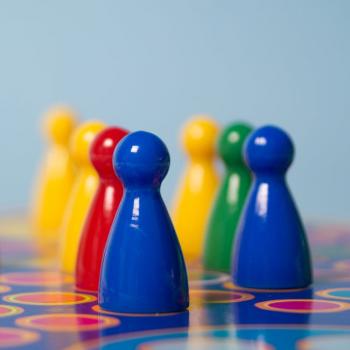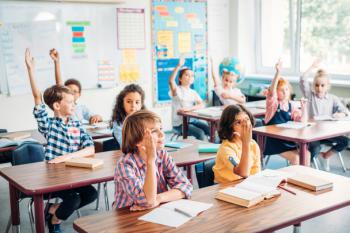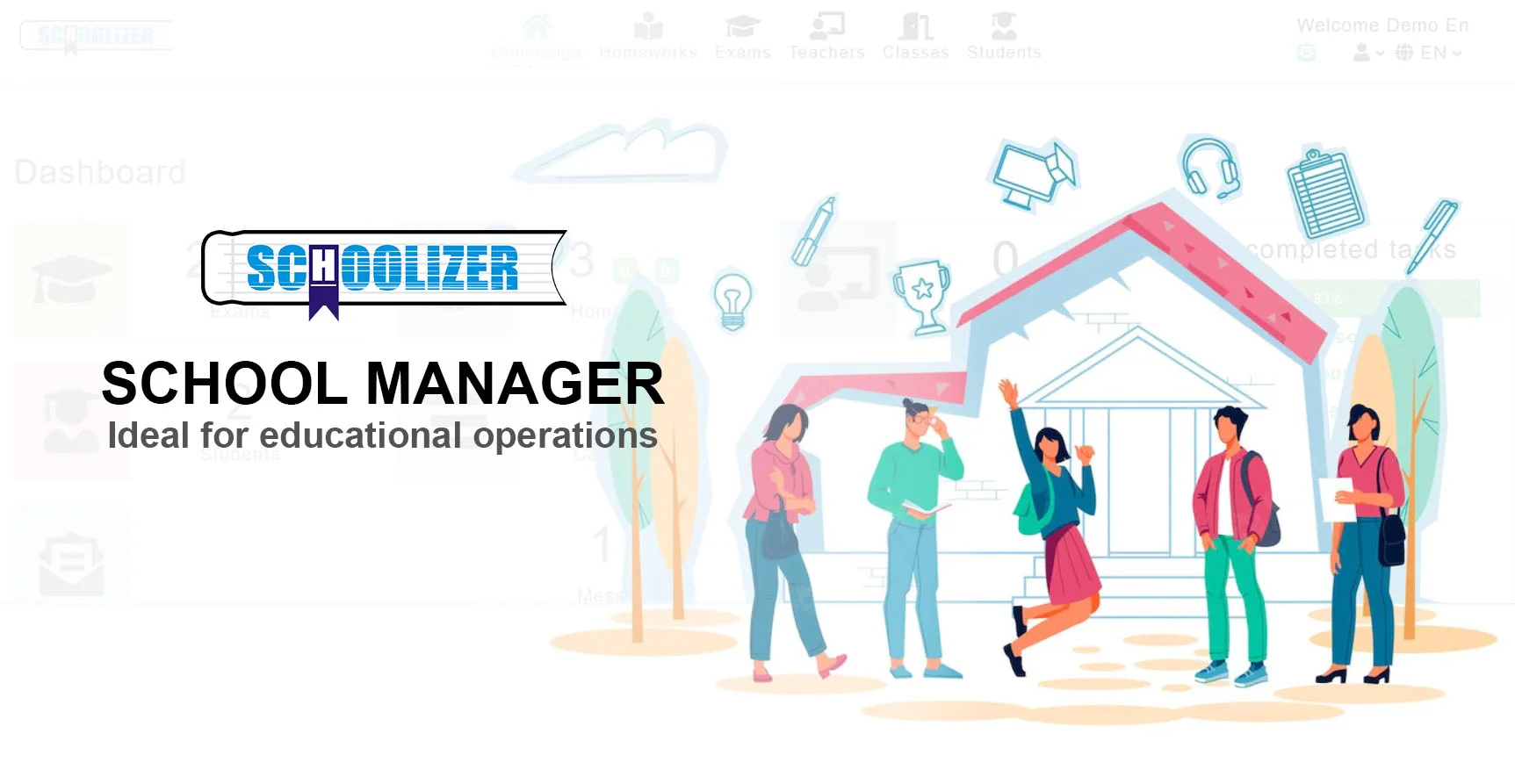Gamification in Learning: How Game Elements Transform Education

Gamification in Learning: How Game Elements Transform Education
What if learning could be as engaging as playing a video game? Why do students often show more enthusiasm for games than textbooks? How can educators leverage game mechanics to make learning more effective? These questions lie at the heart of gamification in learning, a powerful educational strategy that integrates game-like elements into non-game contexts to boost motivation, engagement, and retention.
What Is Gamification in Learning?
Gamification refers to the application of game design principles—such as points, badges, leaderboards, and challenges—into educational settings. Unlike game-based learning, which uses actual games for instruction, gamification incorporates motivational elements from games to enhance traditional learning methods. The goal is to make learning more interactive, rewarding, and enjoyable.
A real-world example is Duolingo, a language-learning app that uses streaks, XP points, and leaderboards to encourage consistent practice. Students feel a sense of accomplishment as they progress, much like leveling up in a game.

Why Gamification Works in Education
The effectiveness of gamification stems from its ability to tap into intrinsic and extrinsic motivation. Key psychological principles at play include:
- Instant Feedback: Games provide immediate rewards, reinforcing positive behaviors.
- Progress Tracking: Visual progress bars or levels help learners see their growth.
- Social Engagement: Leaderboards and team challenges foster healthy competition.
For instance, Classcraft transforms classrooms into role-playing games where students earn points for participation, teamwork, and completing assignments. This approach has been shown to increase attendance and participation rates.

Key Elements of Gamification
Points and Badges
Points act as a quantifiable measure of achievement, while badges serve as visual symbols of milestones. These elements create a sense of accomplishment and encourage learners to strive for more.
Leaderboards
Leaderboards introduce a competitive edge by ranking participants based on performance. However, they must be used carefully to avoid discouraging lower-ranked students.
Quests and Challenges
Breaking lessons into quests or missions makes learning feel like an adventure. For example, a history teacher might design a "Time Travel Quest" where students unlock historical events by completing tasks.

Practical Applications in the Classroom
Gamification isn’t limited to digital tools—it can be applied in traditional classrooms too. Here are some practical ideas:
- Homework as Quests: Frame assignments as missions with rewards for timely completion.
- Role-Playing: Let students adopt roles like "Science Explorer" or "Math Detective" to make lessons immersive.
- Team Challenges: Group-based competitions can enhance collaboration and problem-solving skills.
Khan Academy uses a gamified system where students earn energy points and badges for mastering concepts, making self-paced learning more engaging.

Challenges and Considerations
While gamification offers many benefits, it’s not without challenges:
- Overemphasis on Rewards: Extrinsic rewards may overshadow intrinsic motivation if overused.
- Equity Issues: Competitive elements might disadvantage slower learners.
- Design Complexity: Poorly designed systems can confuse rather than motivate.
To mitigate these, educators should balance competition with collaboration and ensure rewards align with learning objectives.

The Future of Gamification in Education
As technology evolves, gamification will likely integrate with augmented reality (AR) and virtual reality (VR) for even more immersive experiences. Imagine a biology lesson where students "enter" a human cell or a history class where they "witness" historical events firsthand.
Platforms like Minecraft Education Edition already demonstrate how game-based worlds can facilitate creative learning. The future holds endless possibilities for making education not just informative but truly captivating.






